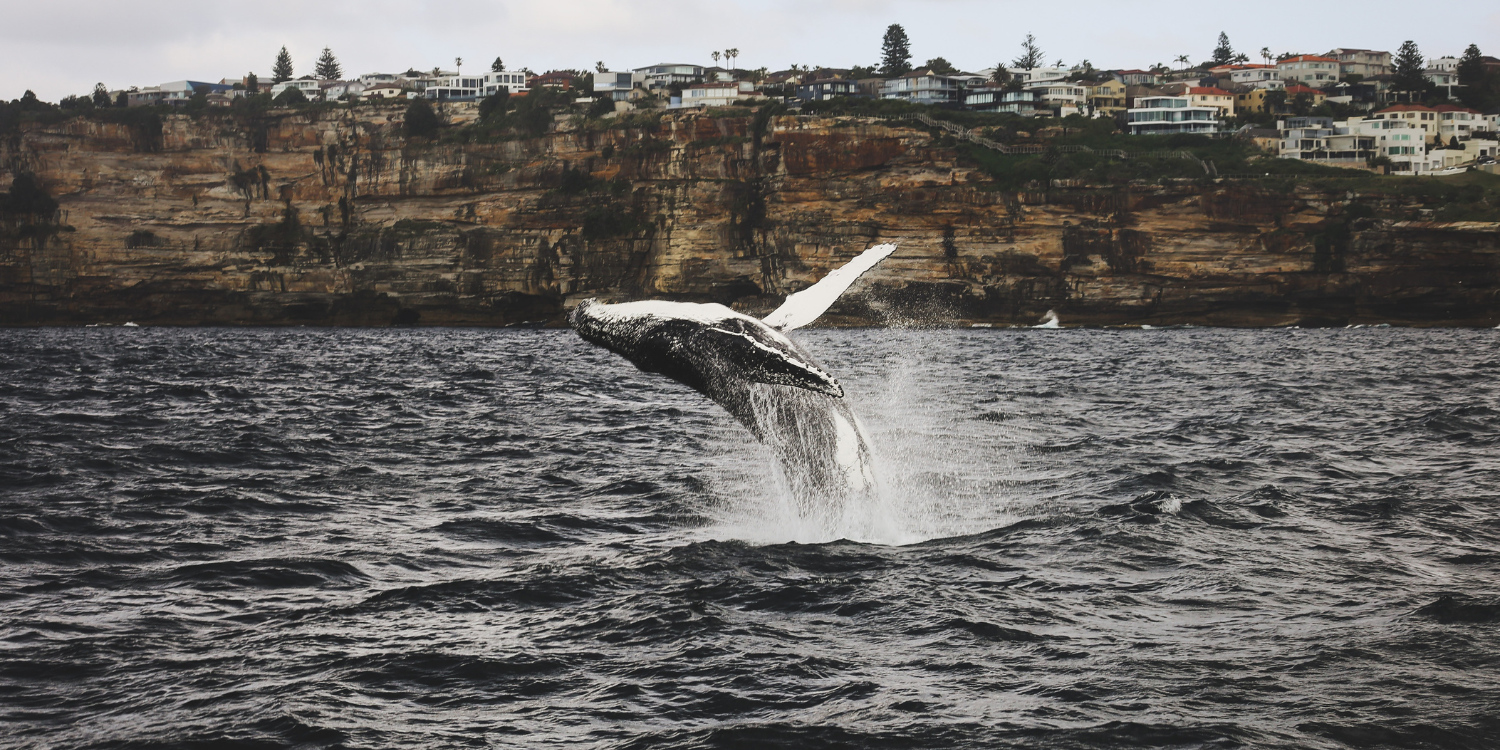
A New Era For Whales
Earlier this month, the University of Washington released a new report heralding environmental progress. The subject: whaling. In this study, researchers claim that thanks to environmental efforts and anti-whaling campaigns, the South Atlantic population of humpback whales has now reached over 25,000 - a figure resembling pre-whaling numbers. While the internet understandably rejoiced this news, we wanted to take a deeper look at whaling and whether the threat of extinction is really cleared up for the titans of the sea.
Whaling as an industry began in the 1200s, Basque traders learned the value of whale blubber as fuel, wax and other purposes and was soon joined by the British, Americans, Norweigans and Dutch in hunting all species of whale to sell as a commodity. It wasn’t until the late 19th century, however, that commercial whaling really became problematic for global whale numbers. The advent of the steam-powered ship and explosive harpoon technology meant that sailors were able to effectively chase and hunt the faster whale species as well as expand into Antarctic sea, hunting whales at their feeding grounds in large numbers and creating a large-scale industry. The period from 1890 to 1960 resulted in the killing of the majority of the whales in our oceans and most species being hunted close to extinction.
It’s estimated that in the early 20th century, blue whales declined from 250,000 to a staggering 1,500, and humpback whale numbers dwindled from 25,000 to 450 after some tens of thousands of whales were caught in just a decade (much too quickly for the population to breed a new generation). However, it took until the 1960s for scientists to take notice of declining numbers, and it wasn’t until the mid 1980s that the International Whaling Commission (IWC) introduced safeguarding measures to ensure the continued livelihood of the species. Today, the IWC counts 52 countries as members and meets annually to review legislation on catch limits, methods and conservation policies.
Despite caps on annual hunting numbers being introduced by the WWF and IWC nearly 50 years ago, the official policing of whaling has proved difficult. In 1931, some 43,000 whales were killed by just Japanese and German whalers in defiance of the Convention for the Regulation of Whaling treaty signed by 21 other countries. In the early 80s, it was revealed that the USSR had been falsifying reports claiming that they were adhering to the new whaling rules but were instead hunting and selling whale meat to the Japanese market. Since then, many scandals have emerged out of Russia, with the most recent being the discovery of an illegal ‘whale jail’ earlier this year. It was also announced earlier this year that Japan has withdrawn from the IWC and was to officially recommence whaling after a 30 year hiatus in order to preserve what it views as a ‘cultural tradition’. Studies have also shown that global warming has started to affect the amount of krill present in the ocean. As krill forms a major part of a whale’s diet, this climatic shift spells bad news for these already vulnerable creatures.
Despite these setbacks, the efforts made by individuals and organisations to actively increase the global whale population has thankfully made a difference; with the University of Washington report showing that whale populations are growing at a much faster rate than previously anticipated. While further long-term monitoring is required and ongoing conversations must be had with current whaling countries, it seems that for now at least, the oceans’ whales are experiencing an upward tick.



Leave a comment
This site is protected by hCaptcha and the hCaptcha Privacy Policy and Terms of Service apply.